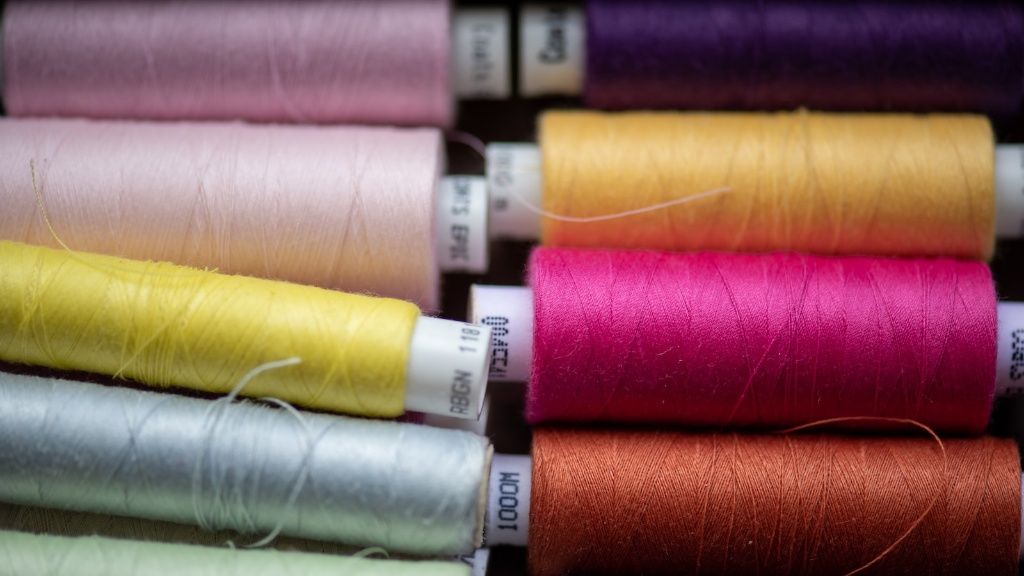Background Information
Sewing machines have been around for hundreds of years, with the Juki brand in particular being established in 1938. Over the years, Juki has produced a wide range of machines, from basic home models to high-end industrial sewing machines. For both hobby sewers and professional seamstresses, Juki sewing machines are known for their high quality, reliable results, and durability. Regular maintenance can help to extend the longevity of your Juki sewing machine. One of the most important maintenance tasks is to regularly change the oil in the machine.
Gather The Necessary tools
Before you can change the oil in your Juki sewing machine, you will need to gather the necessary tools and supplies. These include a clean container or tray for catching the used oil, and a funnel for replenishing the machine with fresh oil. You will also need a thin wrench, which should be included in your machine’s manual, in order to loosen the oil pan. Finally, you will need new oil; some Juki models require special oil, so be sure to check the manual for your machine.
Drain The Oil
With the necessary materials gathered, you can begin the process of changing the oil in your Juki sewing machine. Start by unplugging the power cord, and then identify the oil pan. This should be located beneath the machine, usually secured with a bolt or a screw. Once you have identified it, use the thin wrench to loosen the pan, and carefully remove it. Place it onto the clean container or tray and carefully tilt the pan to drain the used oil.
Clean The Oil Pan
Once you have drained the used oil, use a dry, lint free cloth or paper towels to clean the oil pan. Be sure to wipe away any oil or debris that might have gathered inside the pan. It is also important to check the gasket, or seal, around the underside of the pan for signs of wear. If the gasket appears worn or cracked, be sure to replace it with a new one before refilling the oil pan.
Refill The Machine With Oil
Once the oil pan has been cleaned and any necessary repairs or replacements completed, you can refill the machine with fresh oil. Before adding the new oil, it is important to double check the machine’s manual for any specific instructions as some Juki models may require specific types of oil. Carefully use the funnel to pour the oil into the machine, and then replace the oil pan and secure it with the bolts or screws.
Testing And Maintenance
Once the oil has been changed and the machine has been reassembled, you can plug in the power cord and test the machine to make sure it is running properly. Keep in mind that some expert advice recommends changing your sewing machine oil every 3 months, and that regular maintenance can help extend the life of the machine and keep it running smoothly.
Replacement Parts
When it comes to replacement parts, it is important to choose quality parts that fit your machine. While there are many generic parts on the market, they may not fit your machine properly and can lead to damage or malfunction. If you are unsure which specific parts you need, consult the Juki user manual or customer service representatives to help you choose the right parts for your machine.
Maintenance Schedules
To keep your Juki sewing machine running properly, it is essential to stick to a regular maintenance schedule. Aside from changing the oil, this maintenance can include oiling the machine’s moving parts at least twice a year, cleaning it regularly, and checking for any loose screws or worn parts. Following a regular maintenance schedule will help ensure that your sewing machine is functioning at its best.
Troubleshooting
If you find that your Juki sewing machine is not functioning properly, there are a few steps you can take to troubleshoot the problem. First, check to make sure the sewing machine is plugged in and turned on. Then, check the machine for any visible signs of damage, such as loose screws or worn parts. If the problem persists, consider consulting a professional for assistance.
Advanced Sewing Projects
Your Juki sewing machine can be used for much more than basic sewing projects. Once you are comfortable with the basics, feel free to venture into more advanced projects, such as creating intricate stitch patterns or embroidery. As you become more experienced with your machine, you will find that it is capable of creating beautiful, professional-looking results.


